Circuit Breakers

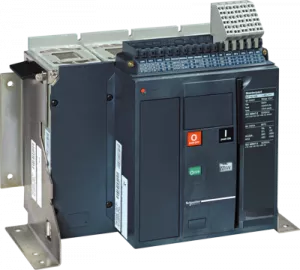
Order No.:
01P4526
Manufacturer SKU:
47160

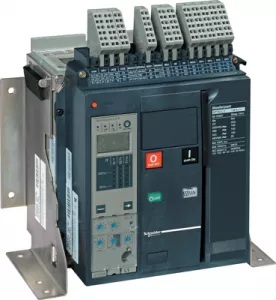
Order No.:
01P4527
Manufacturer SKU:
47161

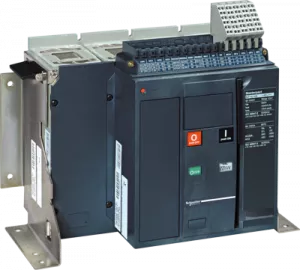
Order No.:
01P4528
Manufacturer SKU:
47162

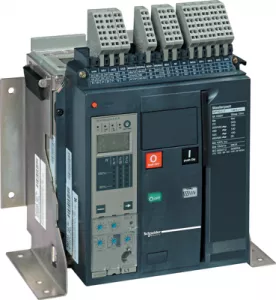
Order No.:
01P4529
Manufacturer SKU:
47163

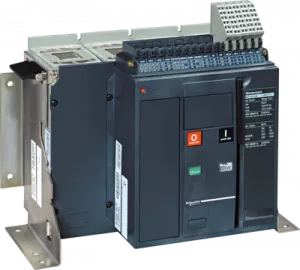
Order No.:
01P4530
Manufacturer SKU:
47164

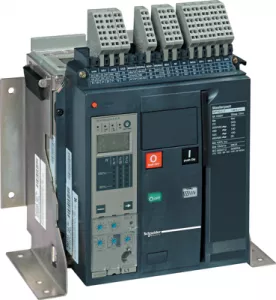
Order No.:
01P4531
Manufacturer SKU:
47165

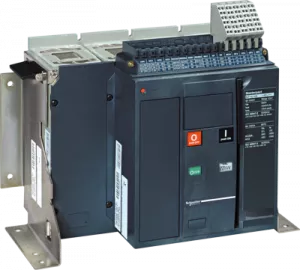
Order No.:
01P4532
Manufacturer SKU:
47166

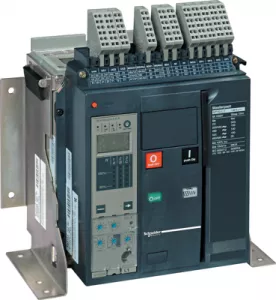
Order No.:
01P4533
Manufacturer SKU:
47167


Order No.:
01P4535
Manufacturer SKU:
47200

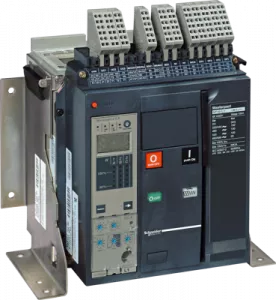
Order No.:
01P4536
Manufacturer SKU:
47202

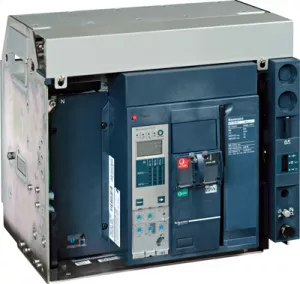
Order No.:
01P4538
Manufacturer SKU:
47205

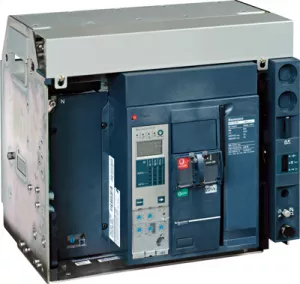
Order No.:
01P4539
Manufacturer SKU:
47207

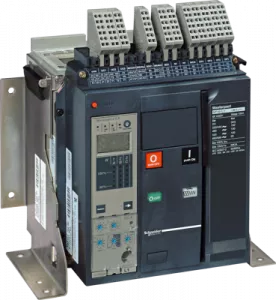
Order No.:
01P4541
Manufacturer SKU:
47210

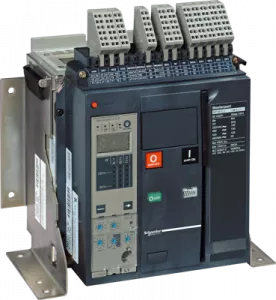
Order No.:
01P4543
Manufacturer SKU:
47212

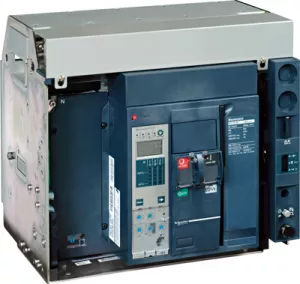
Order No.:
01P4544
Manufacturer SKU:
47215

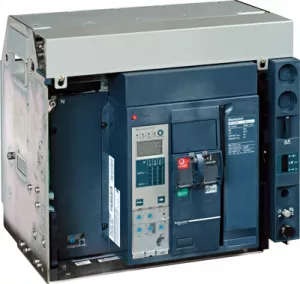
Order No.:
01P4545
Manufacturer SKU:
47217


Order No.:
01P4547
Manufacturer SKU:
47220


Order No.:
01P4549
Manufacturer SKU:
47222


Order No.:
01P4550
Manufacturer SKU:
47225


Order No.:
01P4551
Manufacturer SKU:
47227
Safety guaranteed: Functions and advantages of switch-disconnectors
Circuit breakers are used to protect electrical circuits by automatically switching off in the event of an overload or short circuit. They can be switched back on, eliminating the need for one-way fuses. Switch-disconnectors, on the other hand, specialize in safely isolating electrical circuits from the power supply.
Unlike circuit breakers, switch-disconnectors do not perform a protective function, but merely ensure safe isolation as well as prevention of accidental switch-on. Both electromechanical components are indispensable in electrical installations and in the energy sector, with circuit-breakers primarily ensuring the protection of installations, while switch-disconnectors are used for maintenance and repairs.